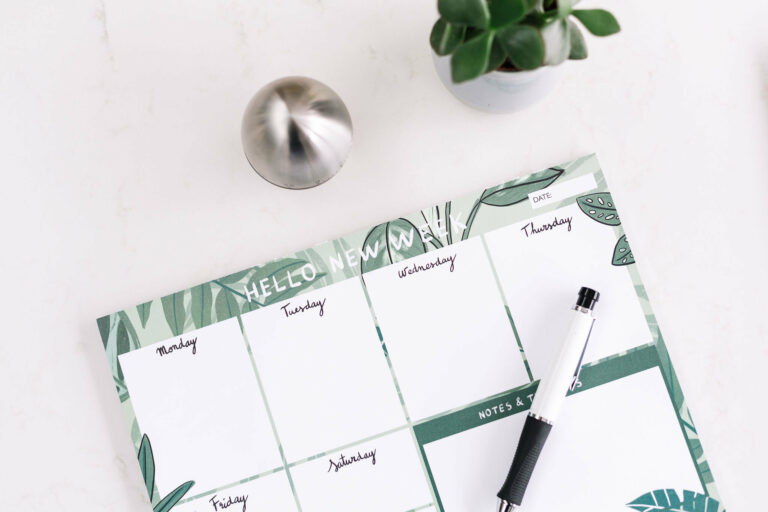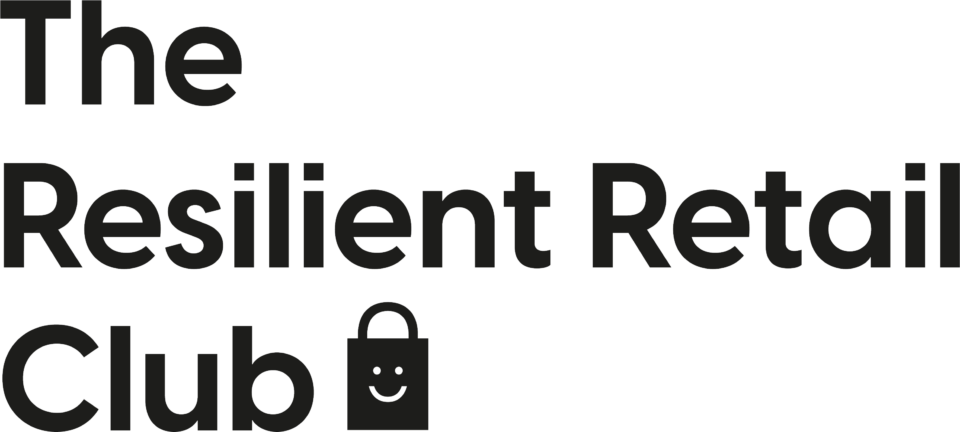Put very simply cash flow is the amount of money coming in and out of your small business, and in this blog post, I will show you how to create a cash flow forecast template. When you sell a product to a customer cash comes in but for that to happen cash flows out – on expenses – wages, rent, marketing, distribution, postage, materials and stock to name a few.
Things are going well in your small business when what flows in exceeds what flows out! Sounds obvious but in my experience, clients can often look to the bank account for the answer – forgetting that profit is different to cash flow.
Why do you need a cash flow template?
Having a cash flow template is a great way to help you map out where your small business is going and to help you avoid being overly reliant on your bank account as the only idea of how much money is in your small business. At this point I will say before you create a cash flow template you should ideally have a robust sales plan in place – episode 10 – ‘Creating A Sales Plan For Your Business’ – of The Resilient Game Plan Podcast walks through exactly how you can do that. Once you have a sales plan it will make creating your cash flow template much more straight-forward and ultimately useful.
A cash flow forecast will allow you to look ahead for the coming year and know how much cash you’ll need to fund your small business.
It will also help you to work out if your small business is financially viable – you all know how much cash is expected to be in the business at any given time.
With your cash flow forecast you can calculate a different scenarios – worst case through to best case. This will allow you to plan for anything that might come your way – you’ll feel in control and better prepared. My most recent podcast episode 31 – ‘My Breakdown of Break-Even Analysis’ – would be useful too when thinking about this.
Finally – cash is key! Without it you can’t pay wages, bills, buy stock, ship products – you cannot run your small business. So that is why you need a cash flow template.
What are the key elements of a cash flow template?
The key to having a cash flow template is to start with your opening bank balance each week, forecast how much money will hit your bank account – then, crucially you must map out all your upcoming business expenses. As I’ve said when you are forecasting how much money will be coming in, this is effectively a sales forecast, so if you’ve got one already then that will really help with the cash flow forecast. Make sure you map out your fixed and your variable expenses. Telephone, internet, salaries should be fixed costs for a year at least and stock and postage/shipping are examples of variable costs.
Top tips to get started with a cash flow template
Calculate the cash in and the cash out. As I said earlier knowing what your actual cash flow is will be key, perhaps take last years figures and start from there or if you’re starting out – base it on your fixed and variable costs plus any planned expenditure.
Be clear on your stock management – your stock is your biggest expense – stock takes up a large chunk of your sales and large chunk of your cash. When you sell something – you’re either going to have to pay to create it or buy more stock.
So, some of the money you get from sales goes towards the cost of future stock purchases – and this is the part to focus on – it’s one of those expenses that if you’re not managing it can easily get out of hand. Read my fuller ‘Managing Your Stock’ blog post here – it goes into much more detail on why good stock management is key to a successful retail business and maps out the ‘Golden Rules’ of managing stock.
Include all your small business forecasts – sales, stock, VAT or other taxes, seasonal costs – so you know when the big expenditure will go out from the business and you can cross check if you have enough ‘cash’ in the business at that point.
If you are a member of The Resilient Retail Club, the course “Grow Your Profits” will help you with mapping out your cash flow











